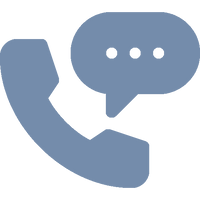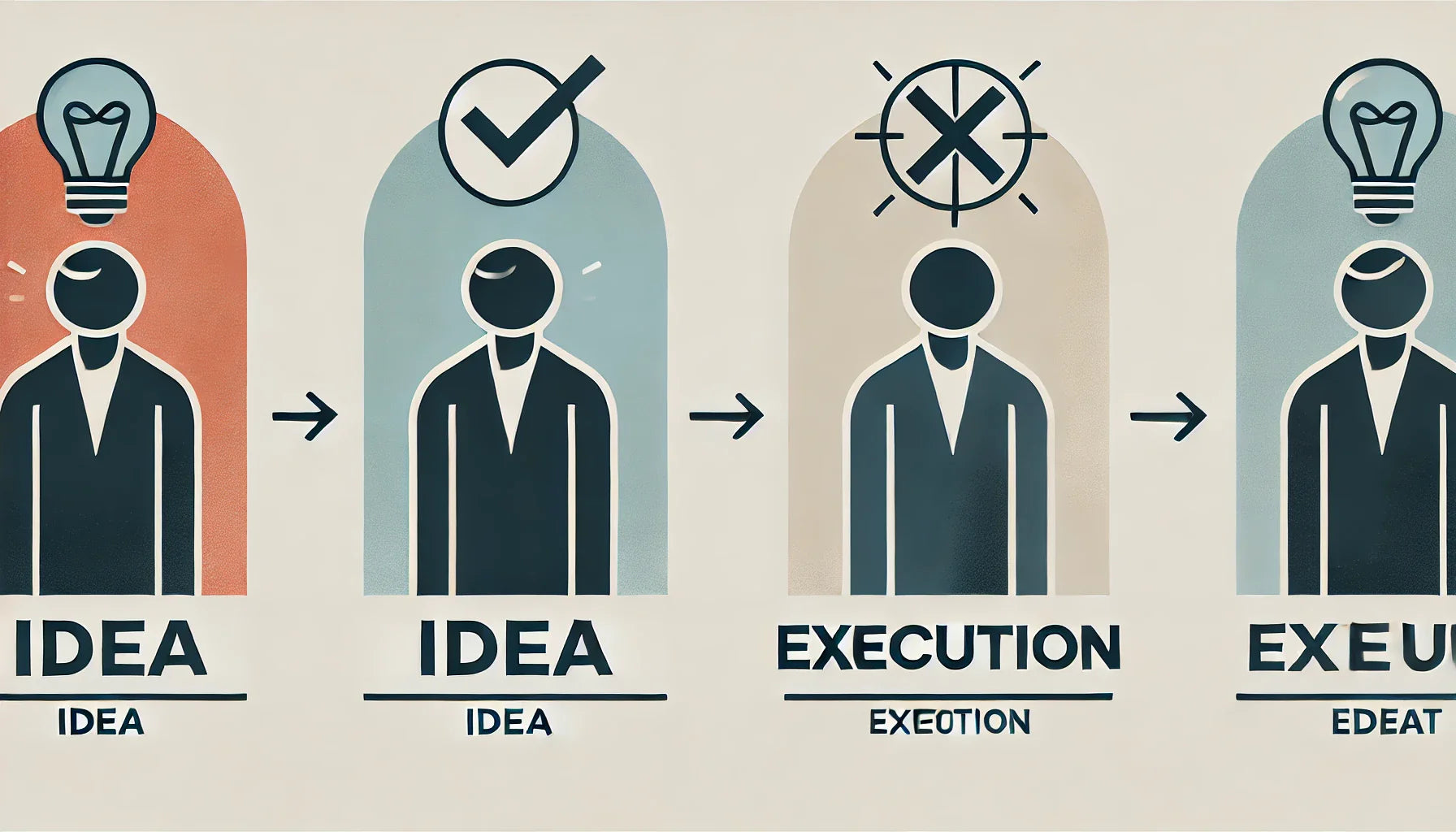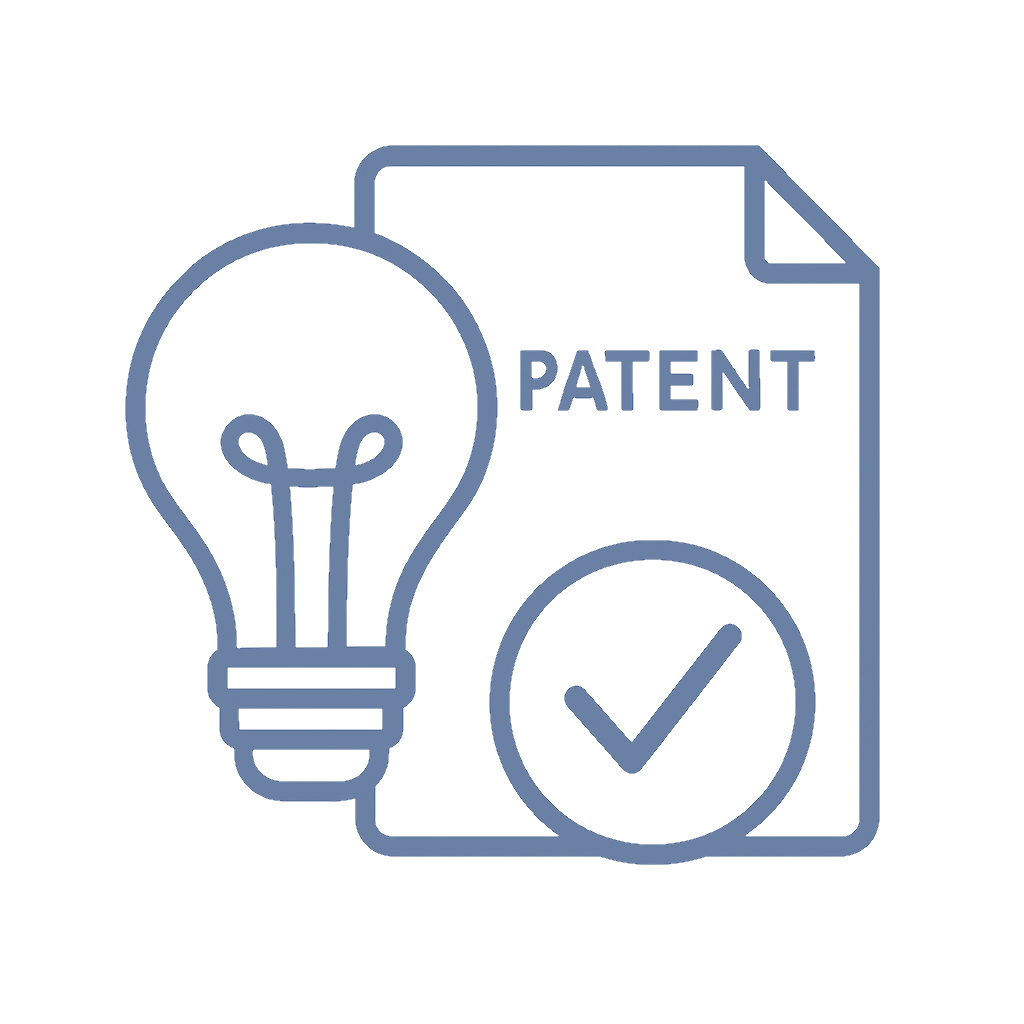📌 Quick Summary
Not everyone who brainstorms, builds, or brews the office coffee qualifies as an “inventor” on a patent. This article breaks down who truly earns that title under U.S. patent law—whether it’s a sleek design or a practical utility invention.
❓ Common Questions & Answers
Q: Can my boss be listed as an inventor if they funded the project?
A: Nope. Only those who contributed to the inventive concept are inventors—money alone doesn’t make you Einstein.
Q: Does inventorship differ for utility vs. design patents?
A: Yes. Utility patents focus on functionality; design patents are about appearance. The rules differ slightly, but both demand originality.
Q: Can I add inventors later in the application process?
A: Yes, but it’s messy. Mistakes in naming inventors can delay or invalidate patents—get it right from the start.
Q: Can I be removed as an inventor if I leave the company?
A: Not unless you didn’t actually contribute. Inventorship is based on contribution to the invention, not employment status.
Q: What if we all collaborated? Are we all inventors?
A: Only if each person made a meaningful contribution to the invention’s novel features. Cheers to real teamwork!

📜 Step-by-Step Guide
1. Identify the Invention’s Core Idea
Pinpoint the novel concept that makes the invention patent-worthy. That’s the anchor for determining inventorship.
2. List Contributors to the Inventive Concept
Only include those who directly contributed to this idea—sketches, brainstorms, and prototypes count. Spectators do not.
3. Match Contributions to Patent Claims
In utility patents, claims are everything. If someone’s input relates to a claimed feature, they’re likely an inventor.
4. Verify Inventorship for Design Patents
Here, only the visual design matters. If they shaped the look, they might be in. If they coded it? Probably not.
5. File with the Correct Inventors from the Start
Avoid post-filing drama. Errors in inventorship can lead to rejections or lawsuits. Accuracy is key.
📖 Historical Context
The concept of inventorship has evolved alongside patent law itself. The U.S. Constitution empowered Congress “to promote the Progress of Science and useful Arts,” birthing the first Patent Act in 1790. Back then, determining inventorship was relatively straightforward—if you built it, you got credit.
By the 19th century, as collaborative work and industrial innovation exploded, the lines blurred. The law adapted by refining the criteria: an inventor must contribute to the conception of the invention. Simply building, funding, or managing didn’t count.
Fast forward to today, and the drama continues. High-profile disputes—especially in tech and biotech—often hinge on inventorship. The stakes? Millions in royalties, bragging rights, and sometimes, a golden chair on the company holiday card.

🏢 Business Competition Examples
1. University vs. Faculty
Stanford and one of its professors sparred over inventorship in a biotech patent. The court ruled in favor of the university—thanks to tight IP agreements. Moral: clarify ownership early.
2. The Apple Design Team
For design patents like the original iPhone, only a select few were listed as inventors—those who shaped the aesthetic, not the circuitry. The result? Mega lawsuits (hi, Samsung).
3. Theranos Inventorship Mystery
Questions swirled around who really invented the tech (spoiler: it didn't quite work). But the core issue? Inflated inventor lists and possible omissions. Oof.
4. CRISPR Controversy
CRISPR gene-editing technology saw major players like UC Berkeley and the Broad Institute battle over who invented what first. This epic patent fight even confused Nobel committees.

💬 Discussion Section
Determining who qualifies as an inventor might seem simple: if you helped, you're in. But U.S. patent law doesn’t care how many hours you put in, how many emails you sent, or how loud you were in brainstorming sessions.
For utility patents, inventorship hinges on the claims—those precise legal statements that define the invention’s boundaries. If a person contributed to the conception of anything in the claims, congrats—they’re an inventor. But if they merely executed someone else’s idea? Sorry, you’re not on the plaque.
In design patents, it’s all about the look. If someone sculpted, sketched, or stylized the final visual form, they may be a legitimate design inventor. Coders, engineers, and logo designers? Usually left out unless their work directly shaped the design.
Incorrect inventorship can wreck everything. A misstep here can lead to invalidated patents, legal disputes, or in extreme cases, fraud accusations. And let’s not forget the awkward team dynamics: the person who thinks they should be on the patent, but isn’t.
Legal counsel often becomes the referee. They help match contributions to claims and clarify messy boundaries. That one team member who says “I had the idea in the shower”? Better make sure the idea made it into the patent’s claims.
And no, you can’t just “add your boss” out of fear or flattery. That’s not just legally wrong—it can tank your patent. Inventorship is a legal designation, not a participation trophy.

⚖️ The Debate
Side A: Strict Legal Criteria Protects IP Integrity
Following tight definitions ensures patents remain strong, valid, and enforceable. Inventorship should reflect real contributions to the invention’s novelty.
Side B: Collaborative Efforts Deserve Broader Recognition
Modern innovation is rarely solo. The law should evolve to recognize the nuanced team dynamics and include significant non-conceptual contributions.

✅ Key Takeaways
-
Only those who contribute to the invention’s concept are inventors.
-
Utility patents focus on functionality; design patents on appearance.
-
Mislabeling inventors can lead to legal invalidation.
-
Inventorship has nothing to do with job title or funding.
-
Use legal help to determine inventorship before filing.

⚠️ Potential Business Hazards
-
Patent Invalidity: Wrong inventors? Say goodbye to enforceability.
-
Costly Lawsuits: Disgruntled ex-colleagues can challenge inventorship.
-
Loss of Licensing Rights: Inventor status affects royalties and revenue.
-
IP Ownership Confusion: Especially in universities and startups.

❌ Myths & Misconceptions
-
“Whoever builds the prototype is the inventor.”
-
“If I paid for it, I’m on the patent.”
-
“Everyone on the team should be listed—just in case.”
-
“Inventorship and ownership are the same.”
-
“You can’t change inventors after filing.” (You can, but it’s not ideal.)
📚 Book & Podcast Recommendations
-
Book: Patent It Yourself by David Pressman – https://amzn.to/3J2NMoL
-
Book: Essentials of Patent Claim Drafting by Morgan D. Rosenberg – https://amzn.to/3TKHnDo
-
Podcast: IP Fridays – https://www.ipfridays.com/
-
Podcast: Clause 8 Podcast – https://www.ipleadership.org/clause-8-podcast/

⚖️ Legal Cases
-
Fina Oil & Chem. Co. v. Ewen
https://casetext.com/case/fina-oil-chemical-co-v-ewen
– Showed that leaving off a true inventor invalidated the patent. -
Pannu v. Iolab Corp.
https://casetext.com/case/pannu-v-iolab-corp
– Explained inventorship corrections under U.S. law. -
Board of Trustees of Leland Stanford v. Roche Molecular Systems
https://supreme.justia.com/cases/federal/us/563/776/
– Clarified IP ownership and assignment of inventions. -
Vanderbilt Univ. v. ICOS Corp.
https://casetext.com/case/vanderbilt-univ-v-icos-corp
– Highlighted risks when contributors aren’t properly credited.
📣 Expert Invitation
Think your team’s inventorship list might cause drama? Or want to avoid a patent meltdown? Our friends at Inventive Unicorn can help you sort it out before it’s too late. Trust us—it’s better than sorting it out in court.

🔚 Wrap-Up Conclusion
In the world of patents, being called an “inventor” isn’t about ego—it’s about legal accuracy. Whether you’re sketching the next viral product or crafting biotech magic, understanding inventorship rules could make or break your patent (and your team dynamics). Choose wisely.












